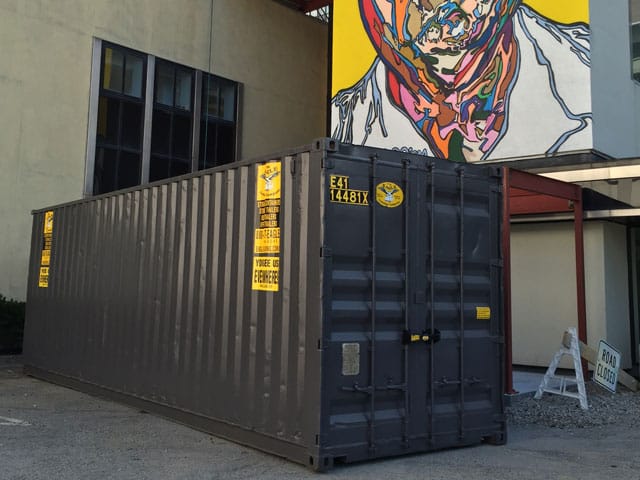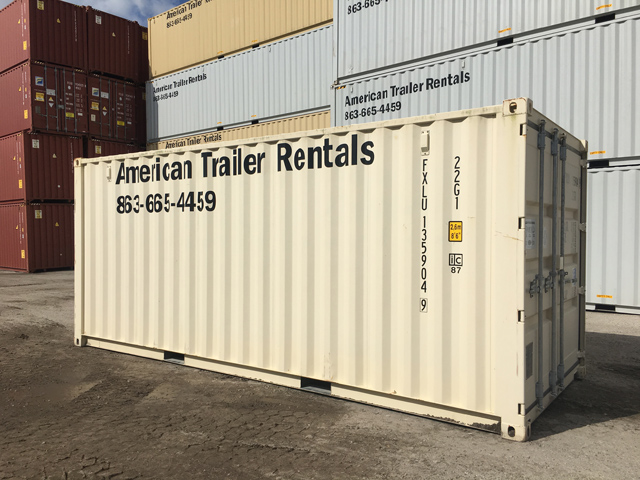
In the realm of global commerce, the unassuming shipping container has undergone a remarkable evolution. What started as a simple metal box for transporting goods has transformed into a sophisticated and integral component of the logistics industry. This comprehensive overview delves into the intriguing journey of shipping container design, exploring its historical roots, technological advancements, and impact on modern trade.
Understanding the Origin: Humble Beginnings
The story of shipping container design dates back to the mid-20th century when the need for a standardized method of cargo transportation became evident. Before the advent of containers, loading and unloading ships were labor-intensive and time-consuming processes. The introduction of standardized containers revolutionized the industry by streamlining these operations.
The Birth of Standardization: A Game-Changer
In the 1950s, visionary entrepreneur Malcolm McLean pioneered the concept of containerization, forever changing the landscape of global shipping. The adoption of standardized sizes allowed for seamless stacking, optimizing the use of cargo space and facilitating efficient transfer between various modes of transportation.
Technological Innovations: Beyond the Metal Box
As technology advanced, so did shipping container design. Modern containers are equipped with cutting-edge features such as RFID tracking, GPS systems, and climate control. These innovations not only enhance security but also provide real-time monitoring capabilities, ensuring the integrity of goods during transit.
Environmental Considerations: Greening the Supply Chain
In recent years, sustainability has become a focal point in shipping container design. Manufacturers are increasingly incorporating eco-friendly materials and designs, reducing the environmental impact of container production and disposal. The industry is actively exploring ways to enhance energy efficiency and promote greener logistics practices. For further tips and ideas about shipping container homes, be sure to visit their page to learn more.

Specialized Containers: Adapting to Diverse Cargo
The evolution of shipping container design extends beyond standardization. Specialized containers have emerged to cater to specific cargo needs, including refrigerated containers for perishable goods, open-top containers for oversized items, and even containers designed for the transportation of liquid cargo. This adaptability has further fueled the versatility of shipping containers in the modern supply chain.
Future Trends: From Automation to Smart Containers
Looking ahead, the future of shipping container design holds exciting possibilities. Automation, artificial intelligence, and the Internet of Things (IoT) are poised to revolutionize container logistics. Smart containers equipped with sensors and communication technologies will provide real-time data, optimizing routes, minimizing delays, and enhancing overall supply chain efficiency.
Conclusion: The Ongoing Evolution
The journey of shipping container design from its humble beginnings to the current state of technological sophistication is a testament to human ingenuity and the ever-changing landscape of global trade. As we continue to witness advancements in automation, sustainability, and specialization, the shipping container remains at the forefront of shaping the future of logistics.

